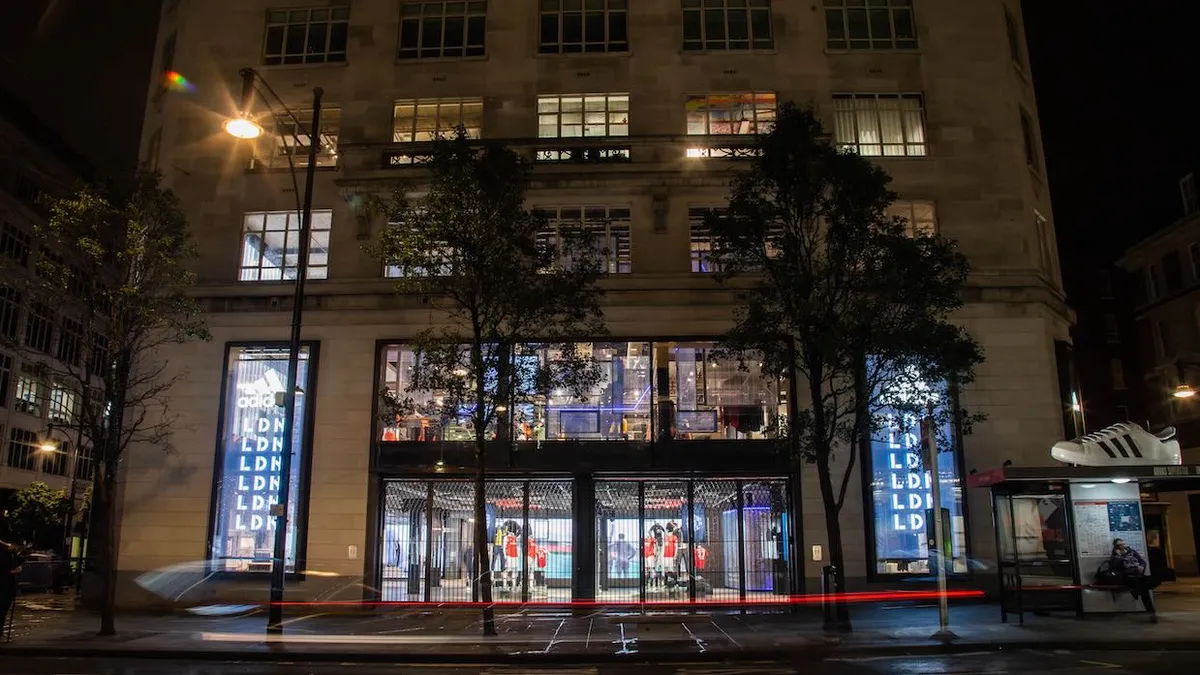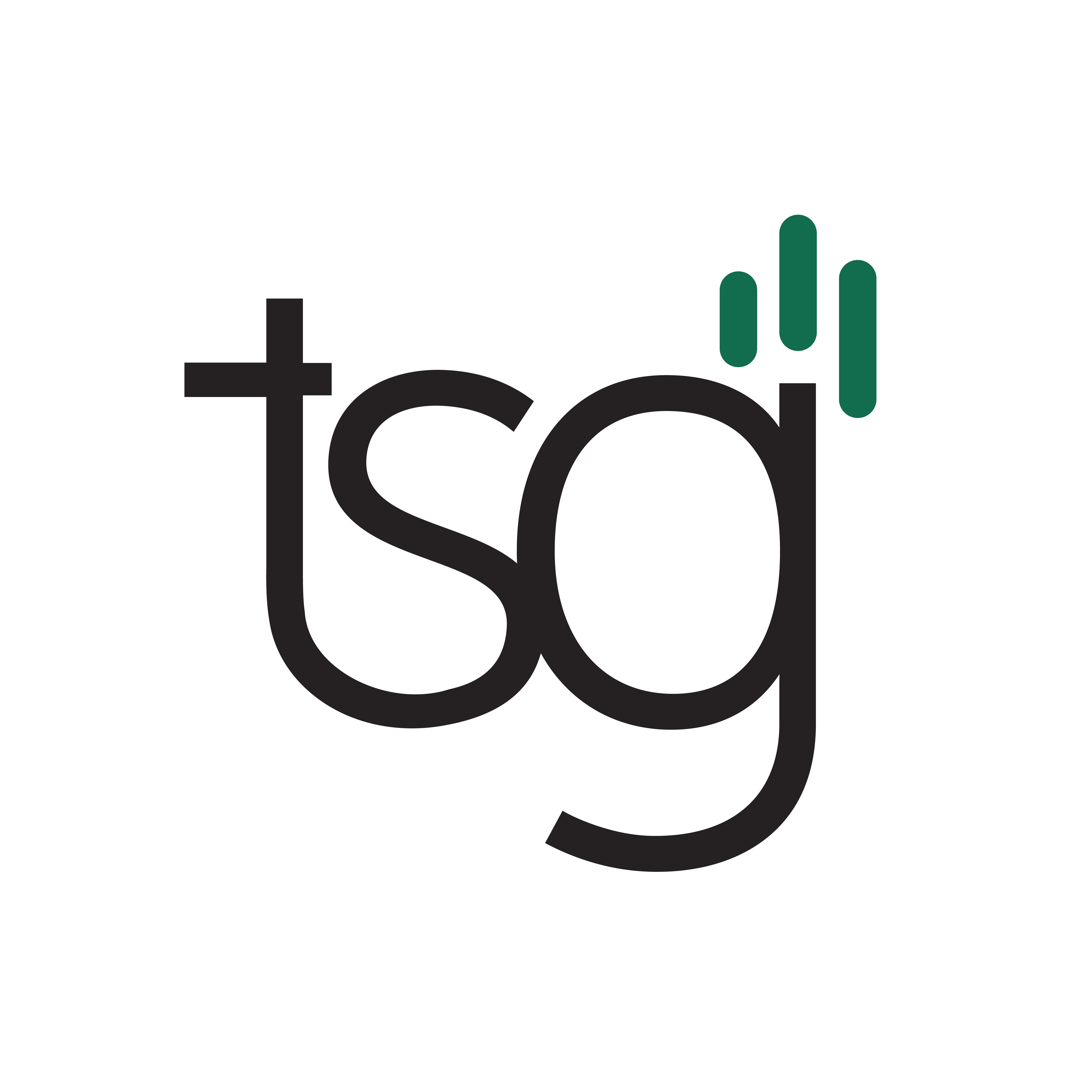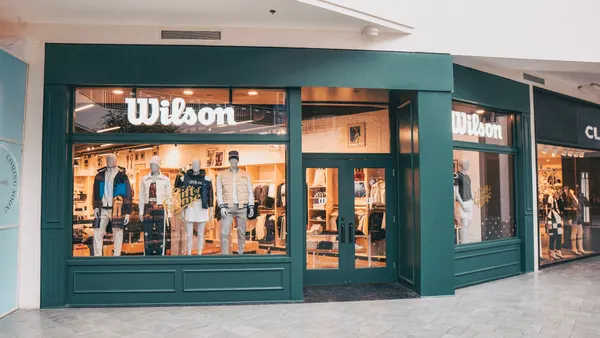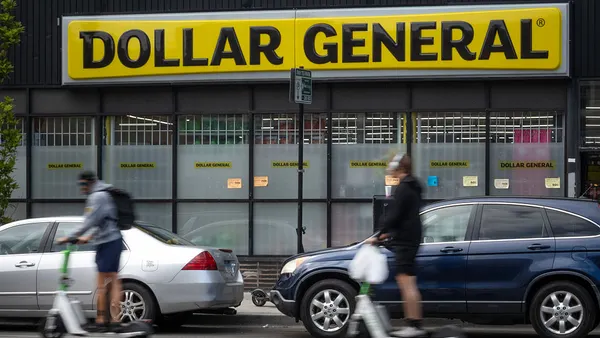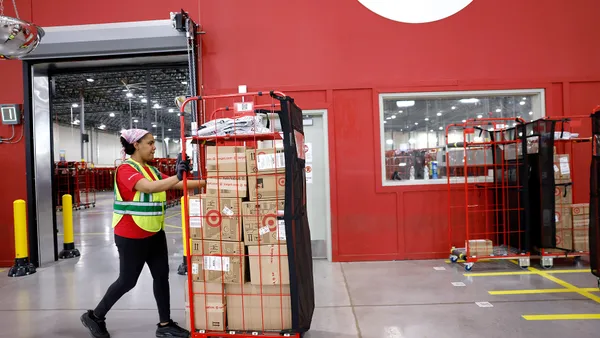Dive Brief:
- Adidas is considering price increases should the Trump administration’s tariffs remain in place. CEO Bjørn Gulden said on a call with analysts Tuesday that this hasn’t happened yet, but said “of course there will be price increases” in the U.S. if duties stay.
- “We will not be the first one to move on prices but we would follow what the market leaders are doing,” Gulden said. “So should the duties go away again, there will, of course, not be price increases.”
- The activewear retailer had another strong quarter in Q1, with revenue up 13% in the quarter to 6.2 billion euros ($7 billion at press time). Excluding Yeezy sales from last year, results were even stronger; the retailer sold the last of that inventory off in 2024.
Dive Insight:
Although tariffs will be disruptive to Adidas should they stay in place, Gulden reminded analysts on Tuesday that 80% of the retailer’s business is unaffected by them. The retailer confirmed its guidance, which calls for sales to increase at a high-single-digit rate and for operating profit to land between 1.7 billion and 1.8 billion euros, but noted “increased uncertainty” in the outlook.
While North America will be impacted, Gulden said the retailer is already rerouting products out of China that were intended for the U.S. market. Inventories are also up 15% over last year, which is beneficial in handling the duties, CFO Harm Ohlmeyer said. But the pressure on Adidas’ results long term is still hard to gauge.
“I hope you have the understanding that to give straight answers is very difficult when you don’t know what the duties are tomorrow,” Gulden said.
In the meantime, Adidas is focused on a strategy that includes modernizing its fleet and less emphasis on the mix of DTC versus wholesale. The retailer opened 70 net new stores in the quarter and recorded 35% of its sales coming from DTC channels, compared to 65% wholesale. While Adidas said previously it would aim for a 50-50 split between the two channels, Gulden said the brand doesn’t have a global target for the mix. “We will, in the individual markets, be where the consumer is,” he said.
Also key is a focus on local execution, which includes creating campaigns that are locally relevant, investing in sports that are important in specific markets (like American football in the U.S.) and giving local teams more control over their businesses. Globally, however, Gulden said it is critical to win in soccer, running, training and basketball.
Success in basketball, of course, is also deeply tied to success in the U.S., which continues to be a challenge for Adidas. But Gulden is hopeful that the retailer’s new, more local approach to U.S. sports will bear fruit.
“I can hear in your tone that you don't believe in Adidas basketball as much because we probably talked about it many times,” Gulden told one analyst. “But I do think we have now an American group, we have American creative, American leadership sitting in LA — and we give them the freedom from Germany. So they should have all the tools to be successful.”
Adidas’ sales in North America grew the least of any of its markets in Q1, at just 3%, but that was also impacted by the loss of Yeezy inventory year over year. Excluding Yeezy, sales in the region grew 13%.
“There's no more inventory,” Gulden said of Yeezy. “That whole thing is history.”



